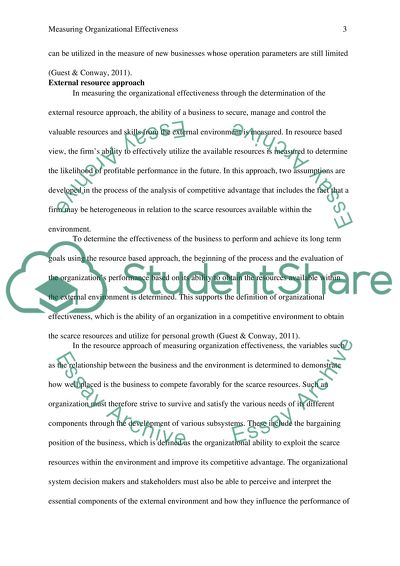Cite this document
(“How Managers Measure Organizational Effectiveness Research Paper”, n.d.)
How Managers Measure Organizational Effectiveness Research Paper. Retrieved from https://studentshare.org/human-resources/1646958-how-managers-measure-organizational-effectiveness
How Managers Measure Organizational Effectiveness Research Paper. Retrieved from https://studentshare.org/human-resources/1646958-how-managers-measure-organizational-effectiveness
(How Managers Measure Organizational Effectiveness Research Paper)
How Managers Measure Organizational Effectiveness Research Paper. https://studentshare.org/human-resources/1646958-how-managers-measure-organizational-effectiveness.
How Managers Measure Organizational Effectiveness Research Paper. https://studentshare.org/human-resources/1646958-how-managers-measure-organizational-effectiveness.
“How Managers Measure Organizational Effectiveness Research Paper”, n.d. https://studentshare.org/human-resources/1646958-how-managers-measure-organizational-effectiveness.


